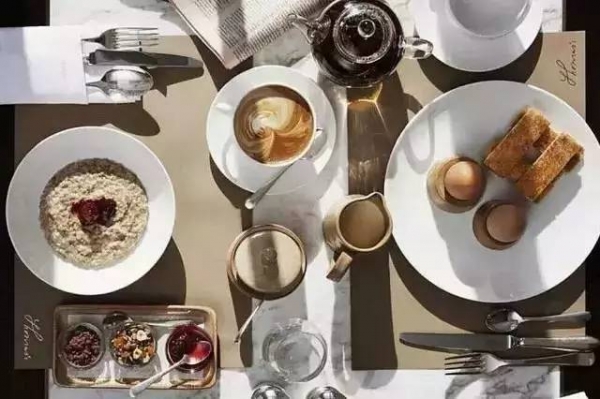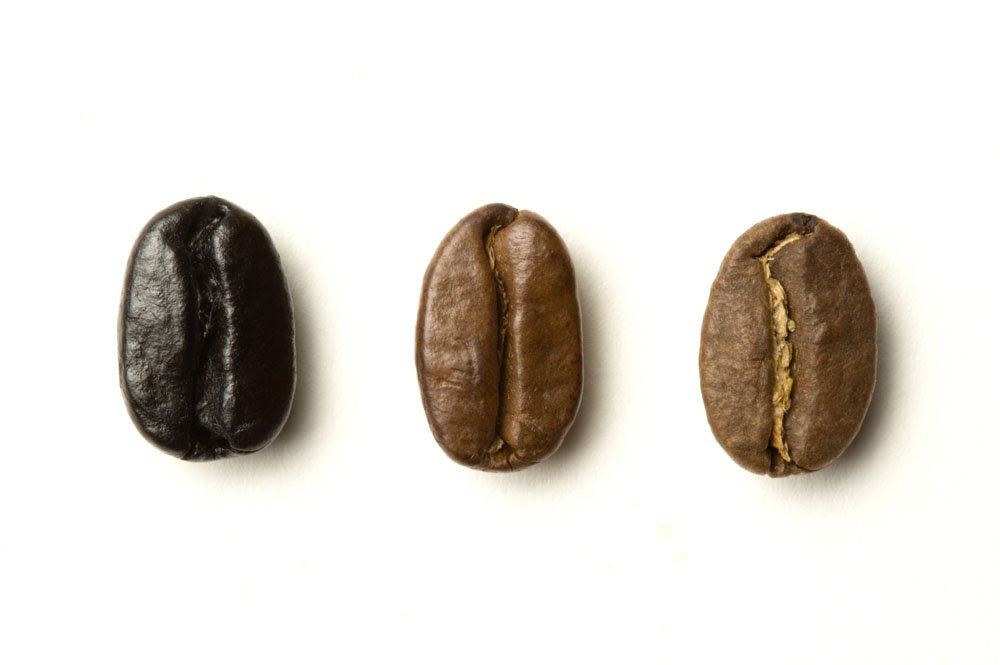Special and rare coffee treatment method in the world: stone roast coffee

Talking about its baking mechanism, the stone roasting coffee roaster is about the same as the ordinary hot air roaster in appearance, but the internal structure is different. First of all, there is a net between the charcoal fire and the stone pot in its closed hot air stove, which discharges a layer of unique ore in Gifu Prefecture, Japan, and the second is that its stone pot is different from ordinary boilers, which is made of two-layer punched iron netting. Two layers of Gifu stones are closely arranged in the middle of the iron net, so the flavor of the baked beans is different.
The characteristic of stone roast coffee, its bean matching method is very exquisite, the ingredient is dry Romata Brazil 20%, Kilimanjaro 10%, Colombia 20%, Honduras 50%. And Gifu ore and Maifan stone have the same effect, can purify air and water impurities, so the taste is pure, retain the original flavor. As the natural ore is rich in calcium and iron, the baked beans have high nutritional value. Because of the high mineral content, the taste is mellow and has a lively light astringent taste.
The best way to make this kind of coffee is to use manual drip filtration, which requires relatively high technology and is generally operated by professional coffee hands with more than two years of experience. The degree of roasting is between the city and the urban area, and there are deeper ones. I think it is a kind of coffee that most embodies the brewing technology. First reduce the temperature and boiling water about 96 degrees, pay attention to drop enough 30 seconds, then stew time about 35 seconds, according to the freshness of beans to adjust, but cooling time 26-27 seconds, so to lift the pot to wait for a few seconds, the flow of extraction should be slightly higher, but the rotational speed should be slow, the spout should not be too low, 5 or 6 laps would be best, pay attention to the amount of extraction must be accurate, not 20 ml up and down.
The taste of Shijiao coffee should be more balanced, the difference is that the acid is astringent, if astringent over the acid that is wrong, bitterness still occupies the mainstream, the level is bitter, sour, astringent, sweet. It is recommended to drink with less sugar, preferably without milk, if you see a cup of translucent amber liquid.
Important Notice :
前街咖啡 FrontStreet Coffee has moved to new addredd:
FrontStreet Coffee Address: 315,Donghua East Road,GuangZhou
Tel:020 38364473
- Prev

Chlorogenic acid is the slimming "hero" behind green coffee
Traditional caffeine is popular because of its rich flavor and refreshing effect, and has become a daily drink for many people. US researchers have developed a new green coffee blend that allows people to lose weight without changing their eating habits. This new green coffee, also known as slim coffee, is made from a blend of unroasted coffee beans and Arabica coffee beans. for
- Next

Three minutes to learn about coffee beans
When buying coffee beans, there are generally three choices: raw beans, cooked beans, coffee powder. Raw beans: beans that are not roasted, can be stored for a long time, have almost no coffee taste, and need to be roasted in a special roaster to stimulate taste. If you bake yourself, not only do you have to buy a baking machine, but the technical requirements for bakers are also very high. Beginners are advised to buy carefully.
Related
- Beginners will see the "Coffee pull flower" guide!
- What is the difference between ice blog purified milk and ordinary milk coffee?
- Why is the Philippines the largest producer of crops in Liberia?
- For coffee extraction, should the fine powder be retained?
- How does extracted espresso fill pressed powder? How much strength does it take to press the powder?
- How to make jasmine cold extract coffee? Is the jasmine + latte good?
- Will this little toy really make the coffee taste better? How does Lily Drip affect coffee extraction?
- Will the action of slapping the filter cup also affect coffee extraction?
- What's the difference between powder-to-water ratio and powder-to-liquid ratio?
- What is the Ethiopian local species? What does it have to do with Heirloom native species?

